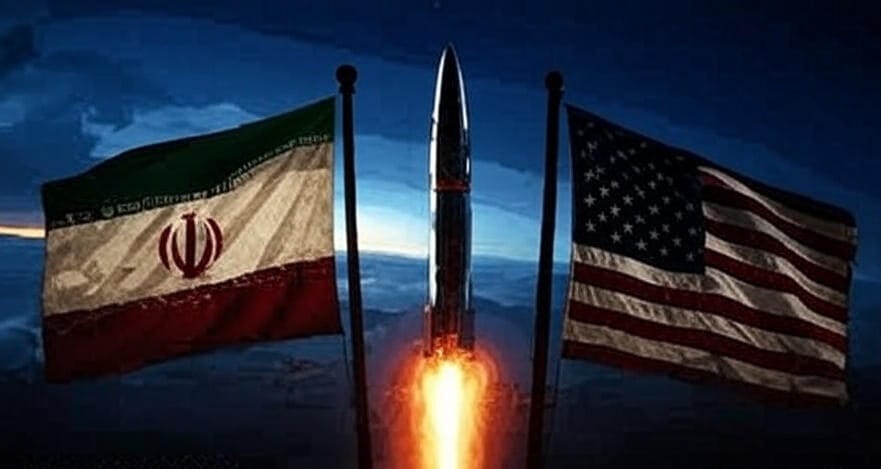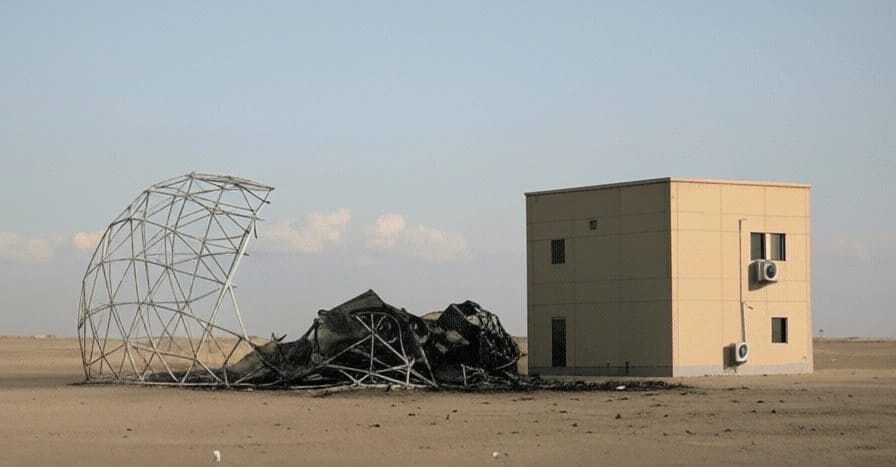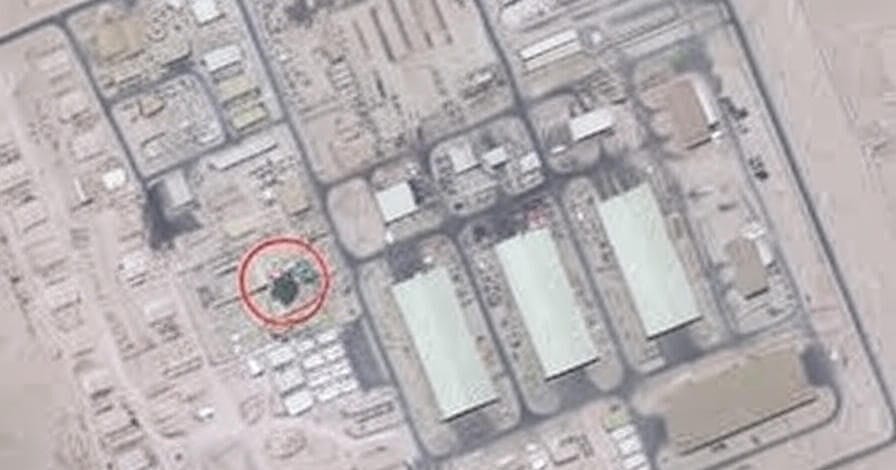
On July 11, 2025, the Pentagon confirmed that an Iranian ballistic missile struck Al Udeid Air Base in Qatar on June 23, 2025, damaging a critical communications facility. This acknowledgment came after satellite imagery revealed the destruction of a geodesic dome housing secure communications equipment. The assault, a retaliatory move by Iran taking after U.S.strikes on its nuclear facilities, has heightened tensions in the Middle East, despite former President Donald Trump’s attempts to downplay its severity. This article examines the details of the strike, its geopolitical implications, and the broader context of the ongoing U.S.-Iran conflict.
Details of the Attack

Al Udeid Air Base, located near Doha, Qatar, is the largest U.S. military installation in the Middle East, hosting approximately 10,000 American troops and serving as the forward headquarters for U.S. Central Command (CENTCOM). On June 23, 2025, Iran’s Islamic Revolutionary Guard Corps (IRGC) launched a barrage of short- and medium-range ballistic missiles targeting the base under “Operation Glad Tidings of Victory.” The attack was a direct response to U.S. airstrikes on three Iranian nuclear sites—Isfahan, Natanz, and Fordow—on June 22, 2025, during a 12-day Iran-Israel conflict.
According to U.S. and Qatari officials, 13 of the 14 missiles were intercepted by Patriot air defense systems operated by both nations. One missile evaded interception, striking a geodesic dome known as a radome, which housed a Modernized Enterprise Terminal (MET). This $15 million structure, introduced in 2016, encouraged secure voice, video, and information communications for U.S.forces across the region. Satellite imagery from Planet Labs PBC, analyzed by The Associated Press, showed the dome intact on June 23 but destroyed by June 25, with scorch marks and minor damage to an adjacent building.
Pentagon spokesperson Sean Parnell confirmed the strike, stating that it caused “minimal damage” to equipment and structures, with Al Udeid remaining fully operational. No casualties were reported, largely due to Iran’s advance warning to U.S. and Qatari specialists, which permitted for the departure of work force and air ship.Qatar’s Ministry of Defense reported that debris from intercepted missiles fell in residential areas but caused no injuries.
Iran’s Strategy and Qatar’s Position
Iran described the attack as a calibrated retaliation, matching the number of missiles to the U.S. bombs used in the nuclear strikes, signaling an intent to de-escalate while demonstrating military capability. The IRGC claimed the strike “pulverized” the base, though these claims appear exaggerated given the limited damage. Iran’s Supreme National Security Council emphasized that the attack targeted military infrastructure, avoiding civilian areas to preserve relations with Qatar, a key regional partner.
Qatar condemned the assault as a ” flagrant violation of its sway, summoning Irans minister on June 24.Foreign Ministry spokesperson Majed Al Ansari noted that 19 missiles were launched in two waves, with only one penetrating defenses. Qatar’s response reflects its delicate role as a mediator in regional conflicts while hosting a major U.S. military presence, balancing neutrality with strategic alliances.
Trump’s Response and Ceasefire Efforts
Former President Trump, who visited Al Udeid on May 15, 2025, downplayed the attack on Truth Social, calling it a “very weak response” and crediting Iran’s advance notice for preventing casualties. He claimed 13 rockets were catching, with the remaining one posturing no danger.Hours after the attack, Trump announced a ceasefire between Iran and Israel, brokered with Qatar’s Emir, Sheikh Tamim bin Hamad Al Thani. However, Iran’s Foreign Minister Abbas Araghchi denied any agreement, stating that a ceasefire depended on Israel halting aggression by 4:00 AM Tehran time.
Trump’s minimization of the attack contrasts with the Pentagon’s confirmation of damage, raising questions about transparency and the effectiveness of U.S. air defenses. The limited impact suggests Iran aimed to save face domestically while avoiding broader escalation, similar to its 2020 strikes on U.S. bases in Iraq.
Geopolitical Ramifications

The strike highlights the vulnerability of U.S. military resources to the extent of Iran’s ballistic missiles.The U.S. operation, codenamed “Midnight Hammer,” used B-2 bombers and bunker-buster bombs to target Iran’s nuclear facilities, escalating the Iran-Israel conflict. Irans capacity to strike Al Udeid, indeed typically, underscores the challenges of keeping up security within the locale.
The attack has strained the U.S.-Iran relations and complicated Qatar’s mediation efforts. While the ceasefire, if sustained, could de-escalate tensions, Iran’s warnings of further retaliation and Trump’s threats of overwhelming force suggest ongoing volatility. The international community, including the United Nations, has called for restraint to prevent a wider conflict.
Domestic Criticism in the U.S.
In the U.S., the attack prompted criticism from lawmakers. Minority Leader Hakeem Jeffries argued that Trump’s unilateral strikes on Iran violated the Constitution’s requirement for congressional approval. Representative Thomas Massie called for adherence to the War Powers Act, highlighting debates over presidential military authority.
Conclusion
The Iranian missile strike on Al Udeid Air Base, confirmed by the Pentagon on July 11, 2025, marks a pivotal moment in U.S.-Iran relations. While causing minimal damage and no casualties, the attack exposed vulnerabilities in U.S. military infrastructure and heightened regional tensions. As diplomatic efforts continue, the Middle East remains a flashpoint, with the potential for further escalation looming. The international community’s call for restraint offers hope, but the path to lasting stability remains uncertain.





